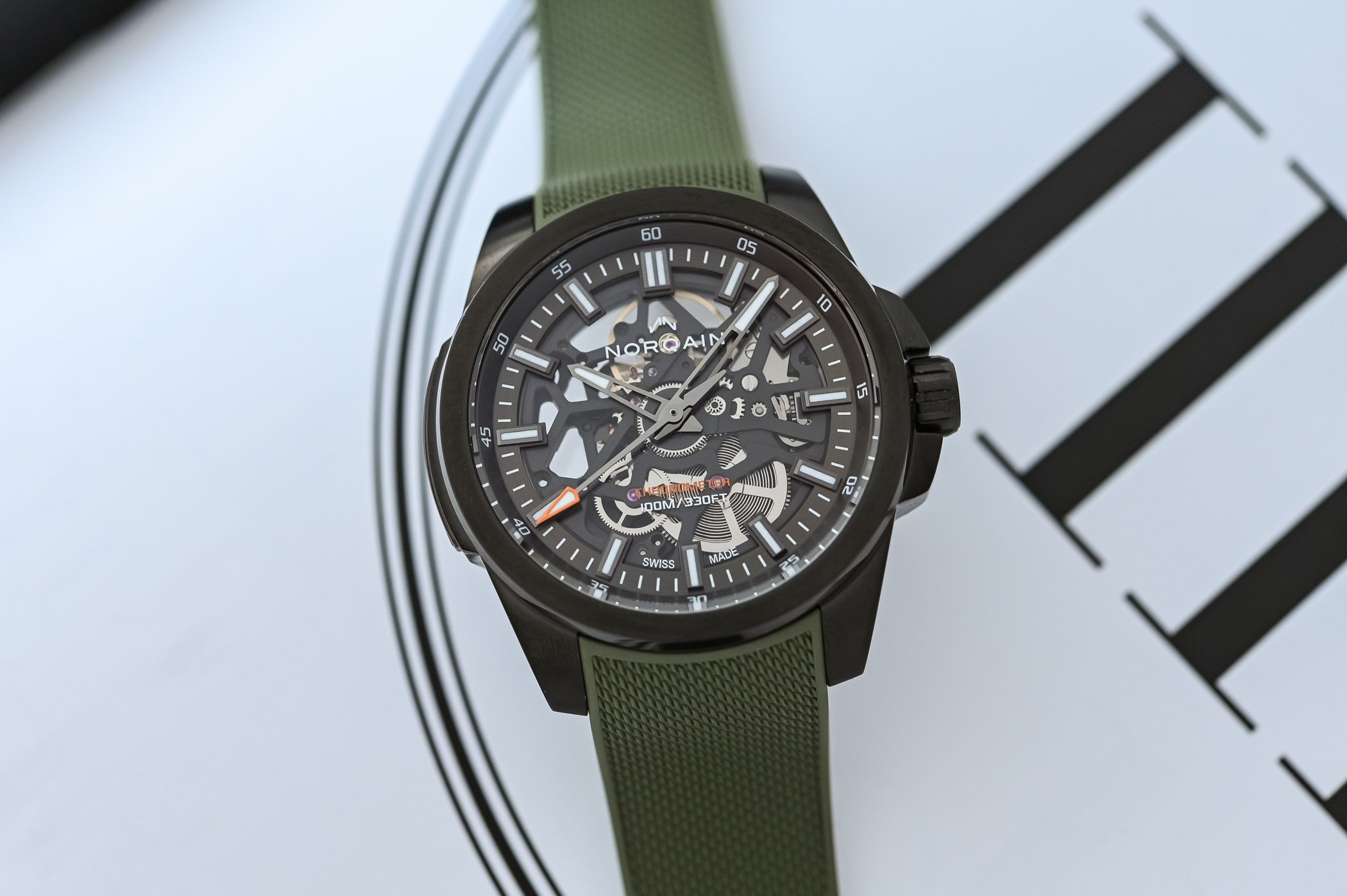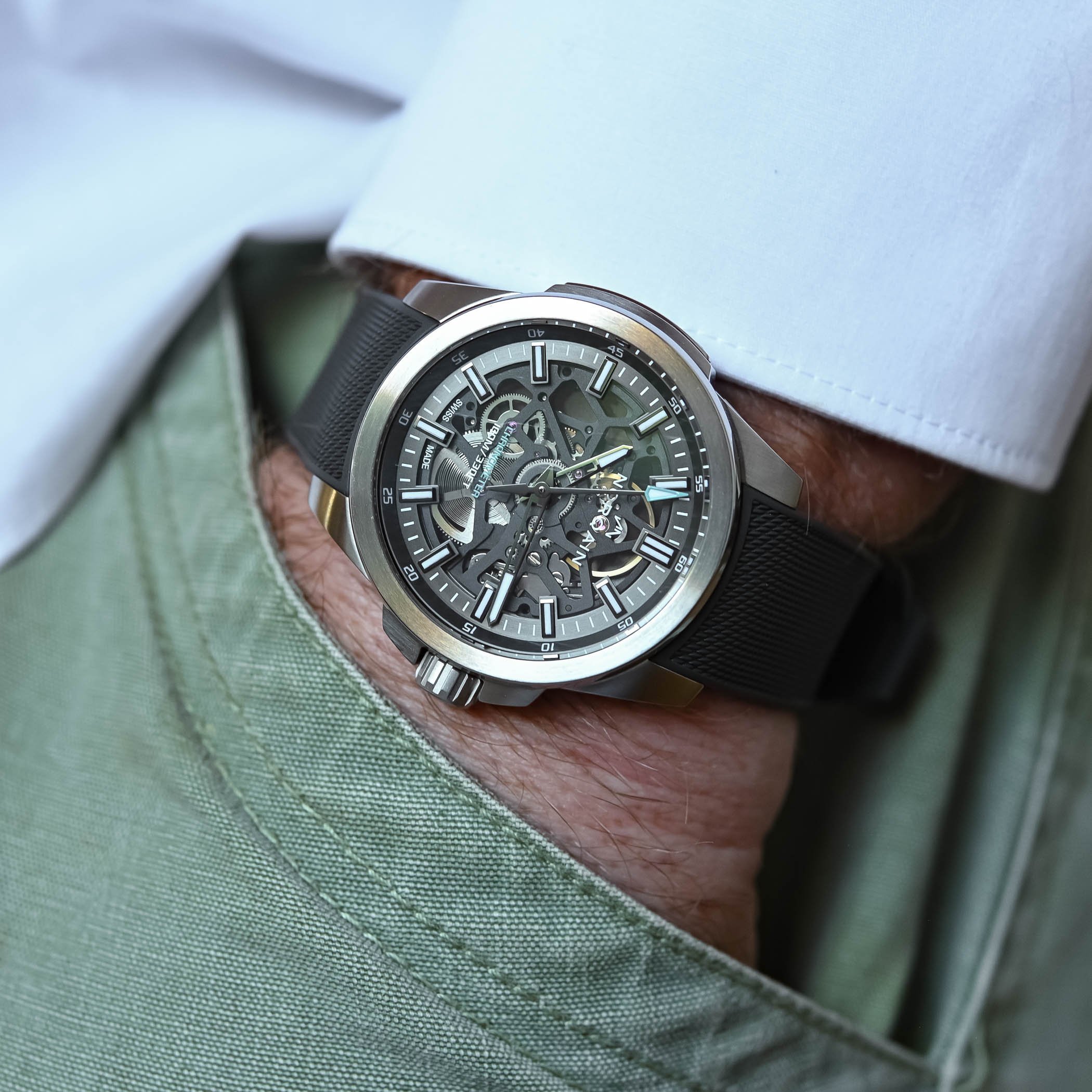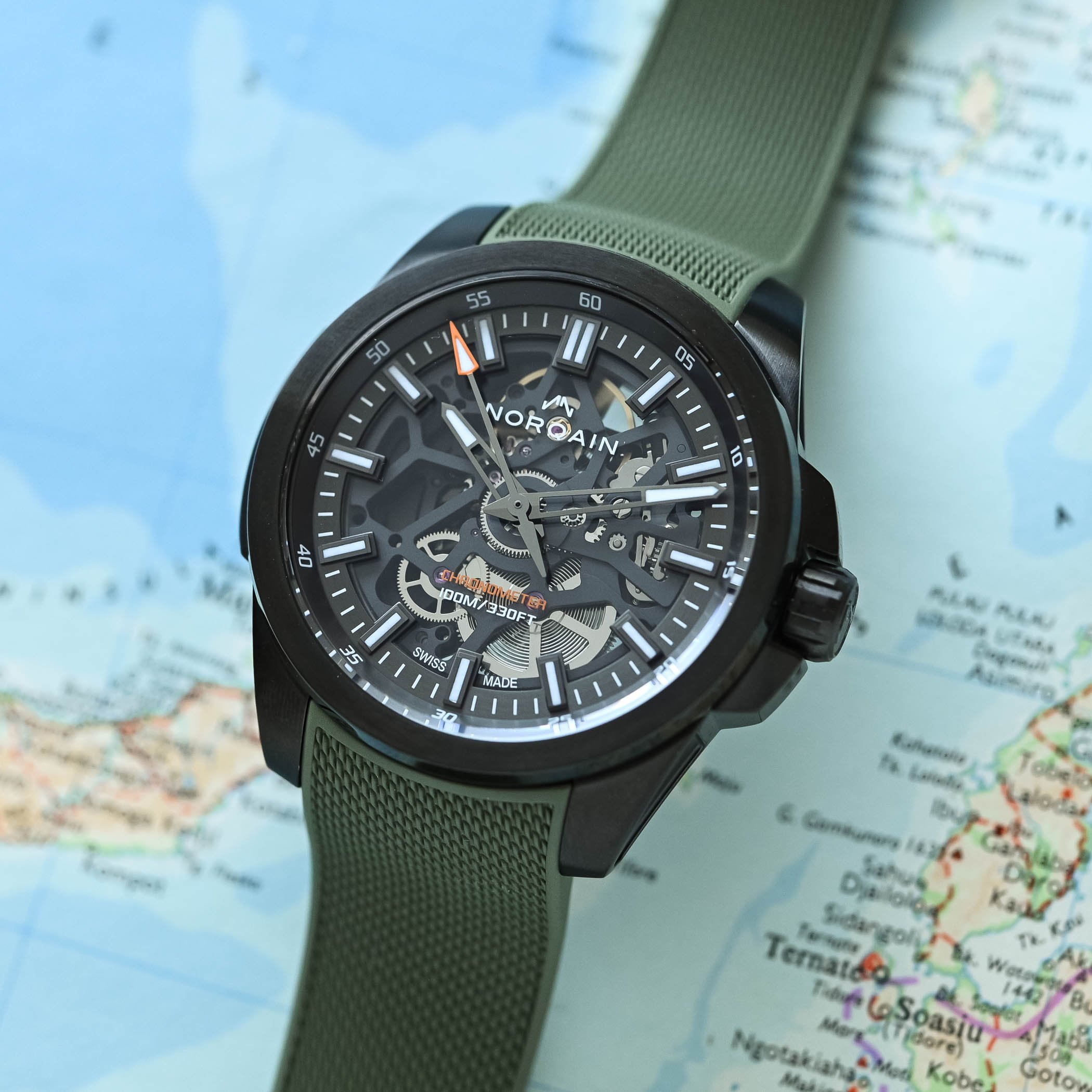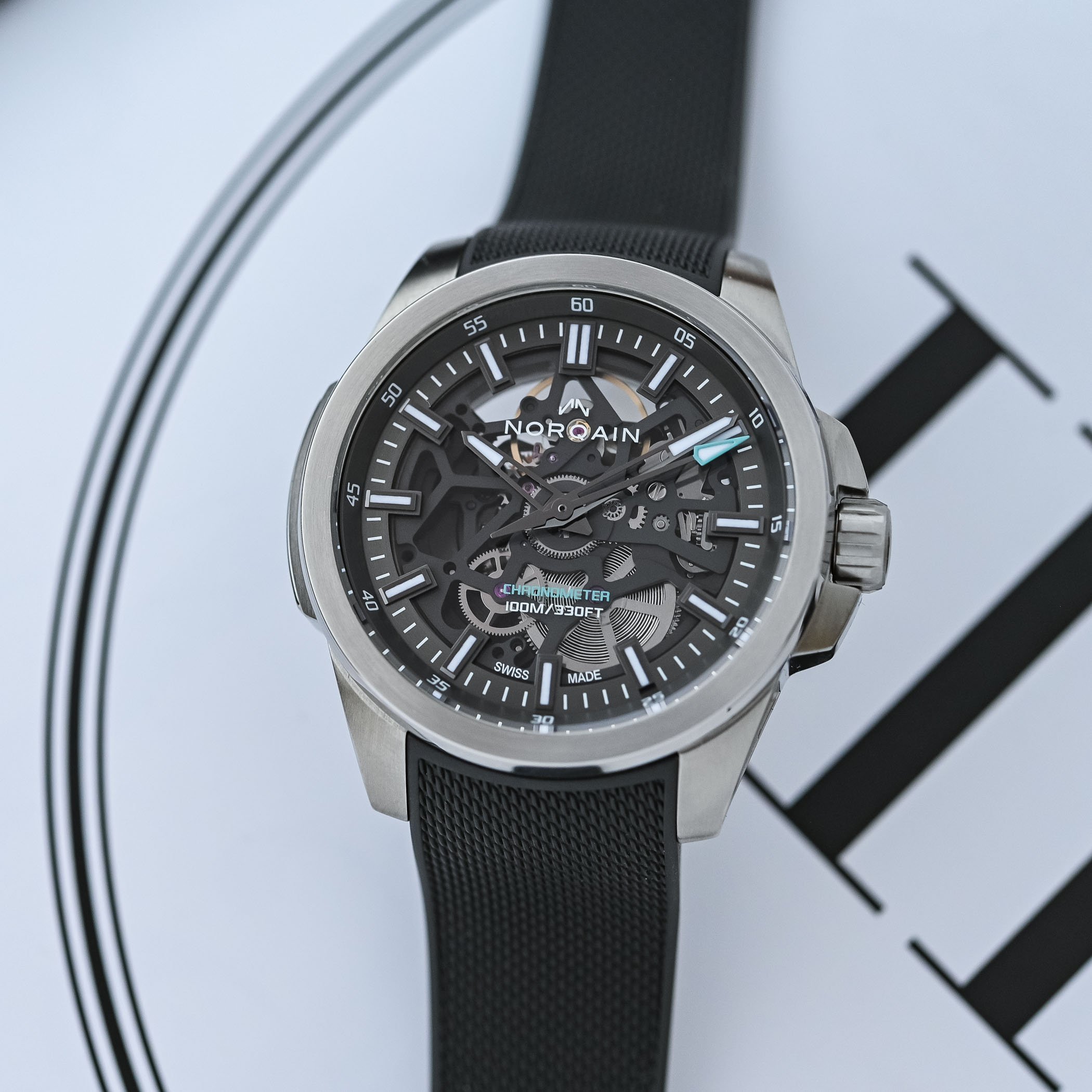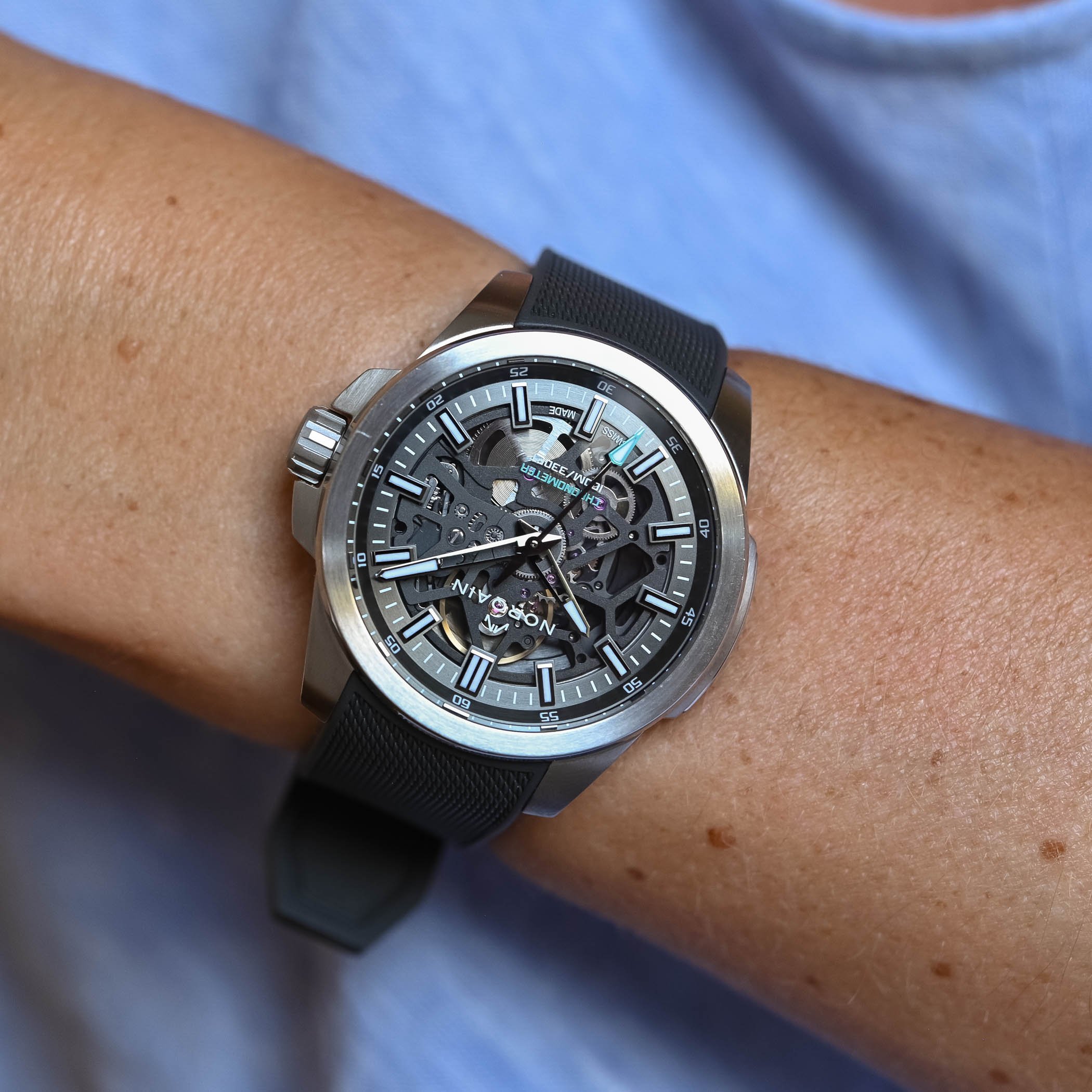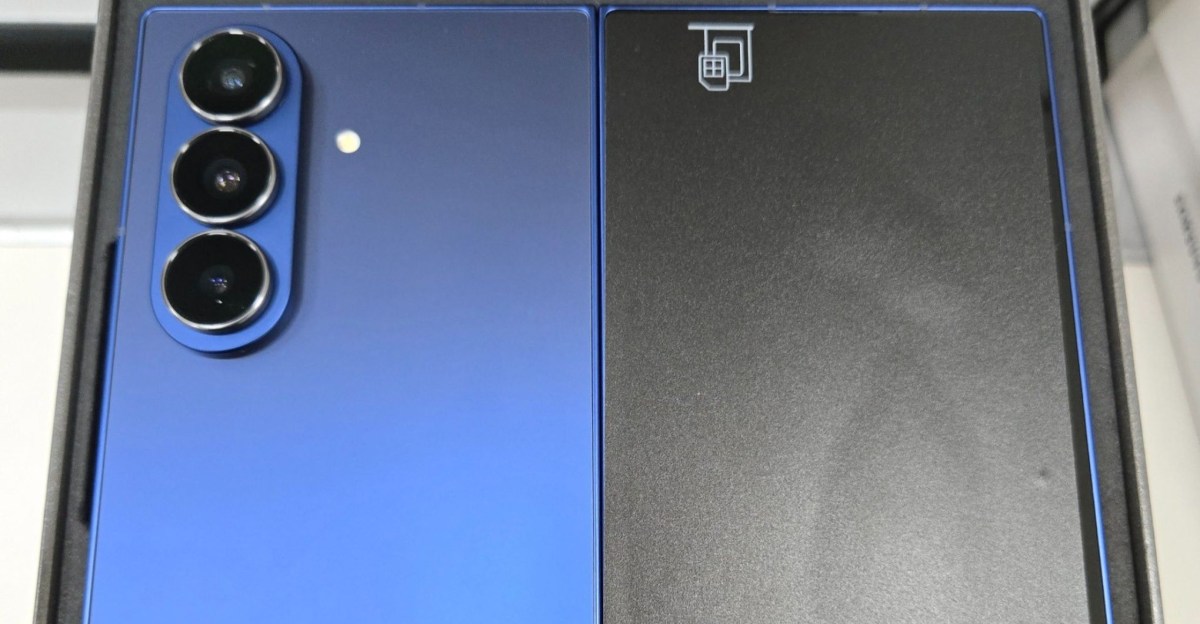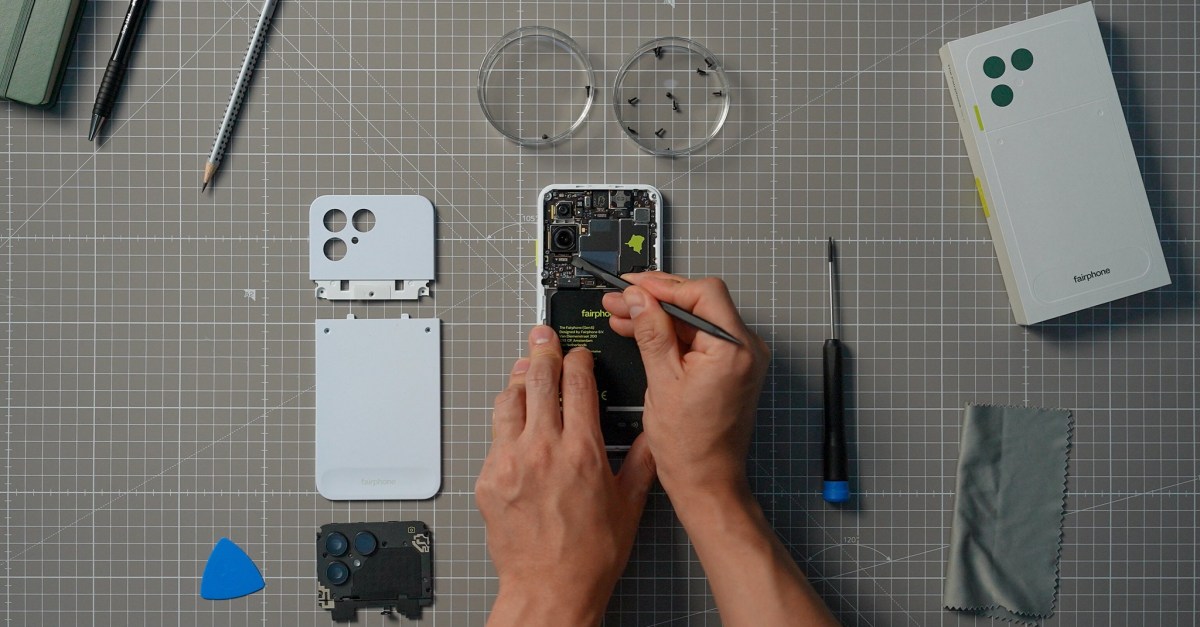Windows 11 has finally overtaken the market share of its predecessor, with just three months remaining until Microsoft discontinues support for Windows 10.
Windows 11 migration heats up… on desktops
READ MORE
As of today, July’s StatCounter figures show the market share of Windows 11 at 50.24 percent, with Windows 10 at 46.84 percent. It’s a far cry from a year ago, when Windows 10 stood at 66.04 percent and Windows 11 languished at 29.75 percent.
The impending end of support for many versions of Windows 10 on Oxctober 14, 2025, has doubtless focused minds.
Daniel Bowker, Cloud Endpoint Solutions Lead at Microsoft reseller Phoenix, told The Register that while the company had been very proactive with its customers and Windows 11 readiness, with three months to go, the conversations were more along the lines of “Look, we’re 1000s of devices. We’re 80 percent there. We have a handle on the 20 percent; we’re either going to pay for the ESU [Extended Security Updates] or we’re going to look at leveraging something else.”
That something else includes a jump to Windows 365, which brings with it free ESU access.
In June, Keiren Jessop, a research manager at industry watcher Canalys, told El Reg: “Enterprises often migrate in waves. Lots of fiscal years are starting in July or October, so I think we’ll see some big bumps then.”
Jessop’s prediction appears to be on the money, much to the doubtless relief within Redmond. The question now is by how much the market share of Windows 11 will surpass that of its predecessor in the next three months.
The sudden spike is likely to be driven by enterprises rather than consumer uptake. Canalys noted that despite stockpiling in the channel in response to a threatened hike in tariffs on imports, hardware sales were likely “to be constrained.”
Big-ticket items like AI PCs have hardly been selling like hotcakes, with precious little in the way of a killer app to justify their higher prices.
The belated rise in Windows 11’s market share is more likely to be down to administrators pressing the upgrade button or a long-planned enterprise replacement wave rather than a sudden surge of new purchases (much to the doubtless disappointment of hardware vendors now pinning their hopes to generative AI.)
Still, with three months to go until its self-imposed support deadline, Microsoft has finally turned a corner with Windows 11. Just in time for Windows 12? ®


